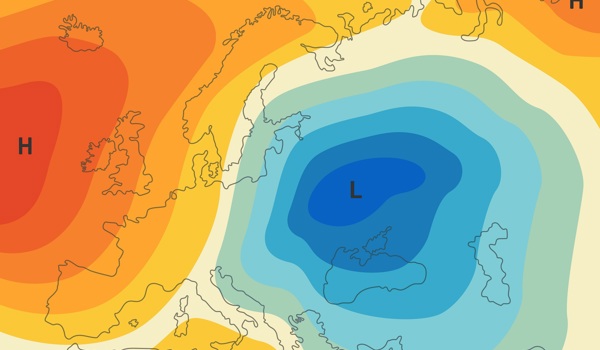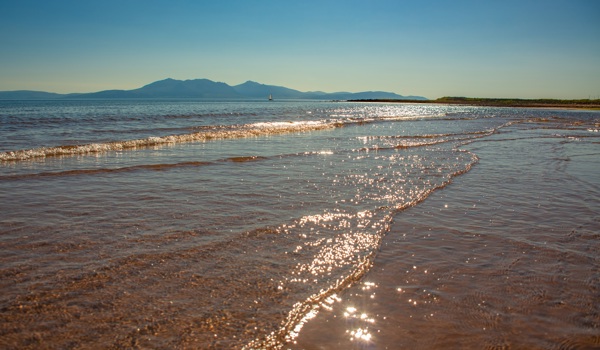08 Jan 2018
E&E News article explores how climate attribution science has developed in last 15 years
A recent article in Environment and Energy News explores how the science of attributing the effects of climate change to individual extreme weather events has developed over the last 15 years.
The predominant view in the scientific community in 2003 was that, while it was evident that climate change had a significant event on the weather, it was impossible to attribute a particular event to past emissions of greenhouse gases.
But Professor Myles Allen, Principal Investigator of climateprediction.net, was convinced it would become possible in the future.
In May 2004, he, Oxford colleague Daithi Stone and Peter Stott of the Met Office co-authored a report [1] which, E&E News claims, is now widely regarded as the world’s first extreme event attribution study. The paper examines the contribution of climate change to the European heatwave of 2003, which caused thousands of deaths across the continent and concludes that “it seems likely that past human influence has more than doubled the risk of European mean summer temperatures as hot as 2003”.

This breakthrough paper took existing science a little further, comparing real-world climate change simulations with scenarios with no human-induced climate change. The key to attribution of an individual event is in posing the right question – not whether climate change caused the event, but whether and by how much it increased the chances of it happening at all.
Extreme event attribution is not only possible now, but is one of the most rapidly expanding subfields of climate science, with a new paper published almost weekly. Two main approaches have emerged – those looking at the probability of an extreme event occurring, and those looking at the components that cause the events, and how changes to the climate system may affect them.
Dr Friederike Otto, who leads the World Weather Attribution project for climateprediction.net, attributes the recent surge to the progression of technology — specifically, the improvement of climate models.
“Extremes are, by definition, rare,” she told E&E News. The development and improvement of climate ensembles — large groups of slightly different climate models — such as those carried out by climateprediction.net volunteers, have improved scientists’ ability to simulate weather events under different conditions. The probability approach to event attribution also helps to identify the types of events that might become more common in the future, and where they may occur.
In future, the article suggests, climate attribution studies could apportion blame for extreme events caused by greenhouse gas emissions, and even provide evidence in cases against governments or private companies for failing to protect property or infrastructure against extreme weather.

In 2014, scientists from a number of different institutions including Myles Allen, Friederike Otto, William Ingram, Karsten Haustein and Sarah Sparrow at the University of Oxford, carried out an attribution study on the southern England winter floods of that year [2], which caused in the region of £451 million insured losses. This was the first attribution study following anthropogenic changes in atmospheric composition, through a meteorological extreme event and its hydrological impacts to an estimate of the value of those impacts in terms of flood damages.
“In the meantime, though”, concludes E&E News, “individual studies are expected to keep rolling out. This last summer alone, a wave of unusual events across the world — from Hurricane Harvey in the United States to devastating floods in Southeast Asia — sparked renewed interest in the link between extreme weather and climate change.”
Read the full article: https://www.eenews.net/climatewire/stories/1060069847/search
[1] Peter A. Stott, D.A. Stone, M.R. Allen, Human contribution to the European heatwave of 2003 https://www.nature.com/articles/nature03089
[2] Schaller et al, Human Influence on climate in the 2014 southern England winter floods and their impacts https://www.nature.com/articles/nclimate2927


